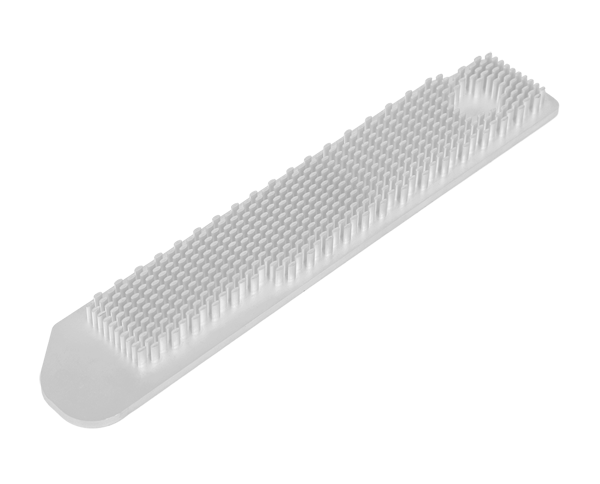2025-07-23 hits:0 source:News

Carbon fiber tubes and glass fiber tubes are both popular composite materials, but their strength characteristics differ significantly, making them suitable for distinct applications. Carbon fiber tubes exhibit exceptional tensile strength, typically ranging from 3,000 to 6,000 MPa, which is significantly higher than that of glass fiber tubes, which generally fall between 1,000 and 3,000 MPa. This superior tensile strength allows carbon fiber tubes to withstand greater pulling forces without breaking, making them ideal for applications requiring high structural integrity in lightweight designs, such as aerospace components, high-performance sports equipment, and precision mechanical parts.
In terms of compressive strength, carbon fiber tubes also outperform glass fiber tubes, with values ranging from 1,500 to 3,000 MPa compared to glass fiber’s 500 to 1,500 MPa. This makes carbon fiber tubes more resistant to crushing forces, a critical property in load-bearing structures like drone frames or industrial supports. However, glass fiber tubes have higher impact resistance; they can absorb more energy before fracturing, which is beneficial in applications where sudden shocks or collisions are common, such as protective enclosures or marine equipment.
The strength-to-weight ratio is another key distinction. Carbon fiber has a much lower density (1.7 to 2.0 g/cm³) than glass fiber (2.5 to 2.7 g/cm³), so carbon fiber tubes offer higher strength per unit weight. For example, a carbon fiber tube with the same strength as a glass fiber tube will be significantly lighter, a crucial advantage in automotive racing or aerospace where weight reduction is paramount. Glass fiber tubes, while less strong in absolute terms, are more cost-effective and easier to manufacture, making them preferred for applications where extreme strength is not required but durability and affordability matter, such as consumer goods or low-load structural components.
Read recommendations:
round aluminum extrusion profiles
aluminium profile construction
lf you have any questions or comments, you can leave us a message and we will reply to you as soon as possible
